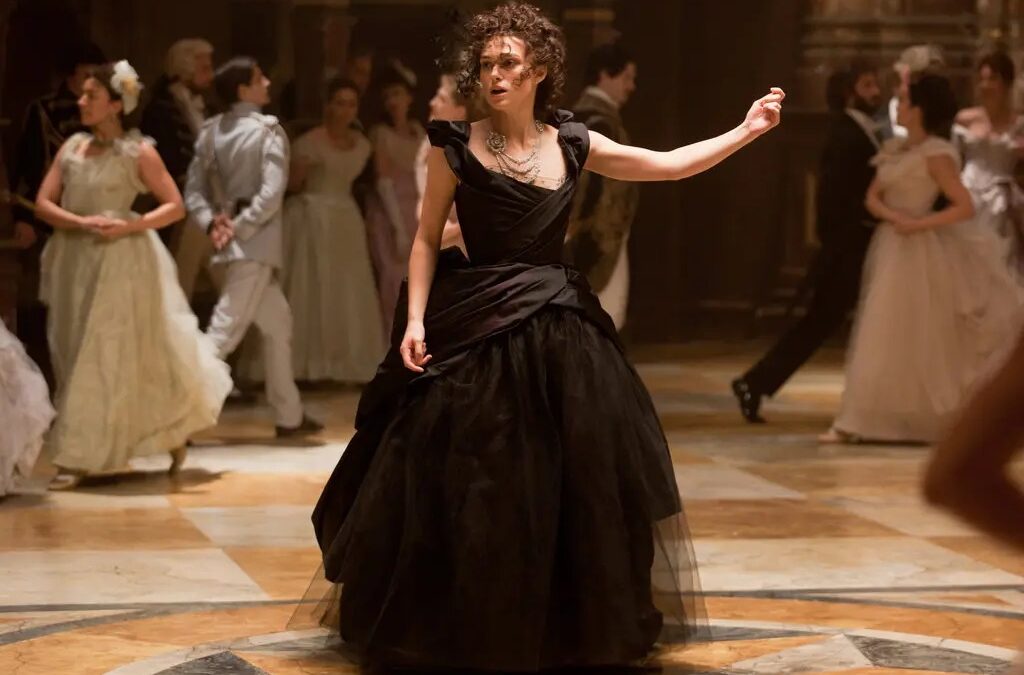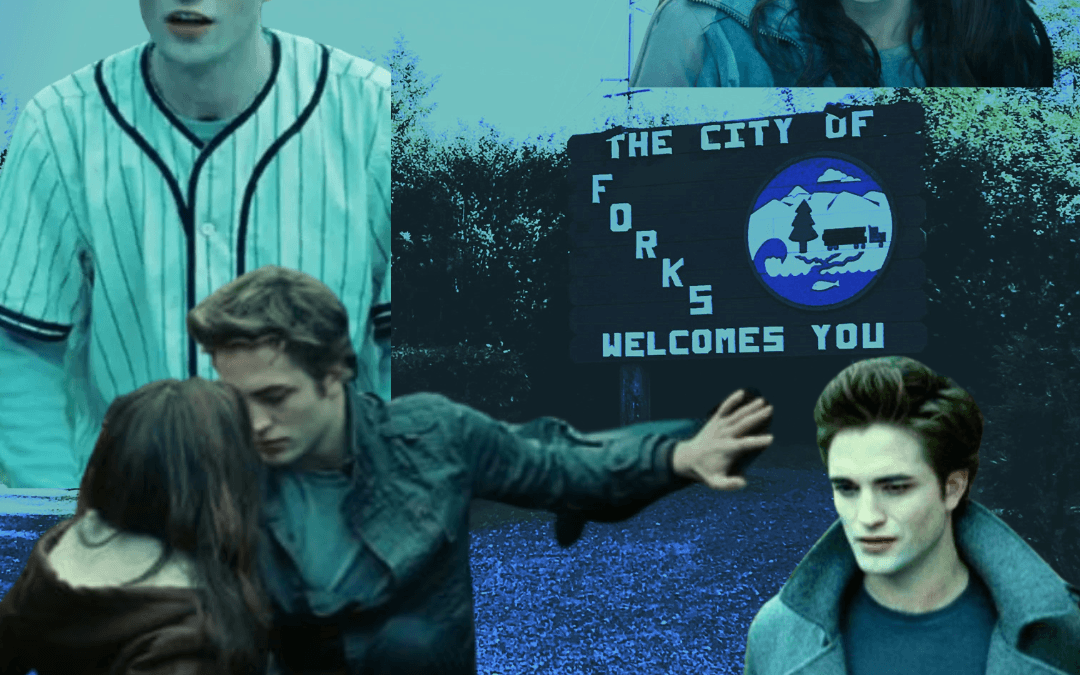
by Salma Ragheb | Dec 20, 2022 | Fiction, Literature
“Why is there only one fish?” I asked him.
In his new place, I saw he had a huge aquarium. Where there should be a window from floor to ceiling, he had an aquarium, with one goldfish inside. What’s the word for an aquarium that has only one fish? Is it an aquarium or is it an artwork? I wondered if he was doing something similar to Marco Evaristti’s Helena with the fish and the huge tank: some sort of sadistic gesture.

by Jevan Konyar | Dec 4, 2022 | Literature, Poetry
Since the dawn of ‘Western’ civilization, it’s been customary for aging pop-intellectuals (or whatever the equivalent role was at a given time) to point to a dichotomy between the East and West. Today, and excuse my polemics, mediocre faux-intellectuals point to a regressive, ecclesiastical East dominated by Imams and oligarchs, and contrast it with a progressive, technocratic, civilized West. WJD, a collection of poetry from Khashyar Mohammadi, is an ethnography of the margins of the Islamicate world, and, in my eyes, a scathing critique of Euro-American reductionism and today’s incarnation of orientalism.

by Manuela Mora Castillo | Nov 17, 2022 | Literature
The tricky aspect about loving your hometown is that it’s difficult to explain why. You are more than willing to defend your homeplace when someone else takes a hit against it, but you are also its harshest critic—or, at least, that is the case for me.

by Jevan Konyar | Nov 11, 2022 | Culture, Literature
I experience the existential horror of sci-fi literature in a strange, almost counterintuitive way. While it seems that I’m immune to Lovecraft’s insidious neuroticism, I experience unbound dread and awareness of my own minuteness when I read the sprawling space operas of Isaac Asimov. I always read the former casually tearing through an increasingly decrepit anthology of stories my mother bought me for my birthday one year, but I shudder at the thought of ever touching anything written by H.G. Wells. For me, Lovecraft’s At the Mountains of Madness is a romantic romp through Antarctica’s ancient past, but narratives of intergalactic empires and cyborgs grim reminders that time is running out and everything returns to dust. In my relatively uncreative mind, I used to implicitly assume that these two sides of fiction were never bound to intersect; that changed when I was sifting through shitposts one day and came across, alas, a serious post from Instagram user @theclockspider!

by Una V. | Oct 28, 2022 | Culture, Literature
Audrey Hepburn’s little black dress in Breakfast at Tiffany’s is often cited as the original LBD. This offends me, personally, since Leo Tolstoy’s Anna Karenina was published a full century before that movie came out. Indeed, fans of Russian literature—or, let’s face it, of Keira Knightley—will recall the iconic black dress Anna wore to the ball where she first danced with Vronsky, breaking Kitty’s heart. But what makes Anna’s dress, and Tolstoy’s novel for that matter, so memorable that we still care about it nearly 150 years later?

by Allison Zhao | Sep 28, 2022 | Culture, Literature
In a cultural era of movie remakes and Taylor’s Versions, an author choosing to retell their bestselling novel is still a relatively rare occurrence. However, the releases of Life and Death in 2015 and Midnight Sun in 2020 saw not one, but two instances of Stephenie Meyer revisiting her 2005 novel Twilight on its tenth and fifteenth anniversaries. Life and Death provides a genderbent take on the original, with protagonist Bella Swan being revamped as Beau Swan, and nearly all the other characters similarly altered. Midnight Sun, meanwhile, reverts to the original versions of the characters, but tells the same story from Edward’s perspective.
Page 4 of 17« First«...23456...10...»Last »







